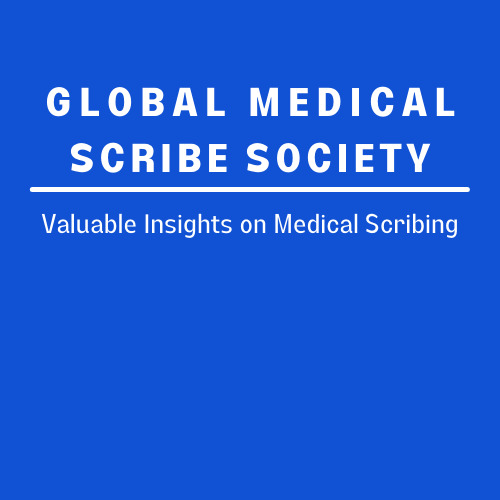
You’ve probably heard of “distracted walking” and “distracted driving,” but have you come across the growing concern of “distracted doctoring“? This phenomenon occurs when doctors become engrossed in digital devices, diverting their attention away from patients and potentially jeopardizing their safety and health. With the prevalence of Electronic Health Records (EHRs) in modern medical practices, the endless clicks and typing can detract from meaningful doctor-patient interactions. Studies indicate that patients value undivided attention and may perceive doctors who heavily rely on EHRs as distracted. Fortunately, the use of medical scribes provides a remedy, allowing doctors to refocus on patient-centered care while delegating EHR-related tasks.
Are EHRs truly distracting doctors and posing threats to patient safety?
While EHRs undoubtedly offer benefits such as instant access to patient data and improved care quality, they can also serve as a source of distraction, pulling doctors away from patient-focused care. The constant typing and clicking during patient visits occupy nearly 33% of doctors’ time, leading to the risk of missing crucial non-verbal cues and potentially resulting in misdiagnoses. Dr. Runjhun Misra, a medical resident at the University of Connecticut, emphasizes that distraction in this profession could lead to irrevocable consequences, even costing lives. Medical scribes present an effective solution to this problem. By utilizing scribes to handle data input and documentation, doctors can concentrate solely on their patients, delivering the necessary care without distractions.
Does EHR use damage the physician-patient relationship?
The strength of the doctor-patient relationship significantly impacts patient outcomes. However, research from Brown University reveals that EHR usage has a negative impact on this crucial relationship. Office-based physicians report that EHRs hinder the quality of interactions with patients, while hospital-based physicians feel they have less time for patients due to EHR-related tasks. The introduction of medical scribes as documentation support helps counteract the negative effects of EHRs on physician-patient interactions, ensuring more dedicated time for patients.
Enter the medical scribes
These highly trained professionals provide doctors with the much-needed support by handling EHR-related tasks and documentation. There are several models of medical scribes that can be incorporated into medical practices. The traditional in-house model involves scribes accompanying doctors throughout their workday to document patient encounters. Alternatively, the outsourced virtual scribe model provides documentation assistance through an external company. Virtual medical scribes accompany doctors remotely during patient visits and input real-time patient interactions directly into the EHRs. Virtual medical scribes have gained popularity as a solution to untether doctors from EHRs and redirect their attention to patients. In essence, medical scribes serve as a promising approach to combat distracted doctoring and ensure utmost attention during physician-patient encounters.
Conclusion
EHR documentation requirements can frustrate and distract doctors, potentially hindering patient engagement and compromising patient safety. Medical scribes offer a perfect solution to this issue. By relieving physicians of EHR documentation tasks, medical scribes allow doctors to focus solely on patient diagnosis and treatment plans. They have proven to enhance patient-provider interactions while reducing patient safety risks. If you’re considering implementing scribes, there are many reliable scribe service providers out there who have a pool of highly trained and experienced scribes to provide top-notch EHR documentation support. Embrace the potential of medical scribes and restore patient-centered care in your medical practice.
